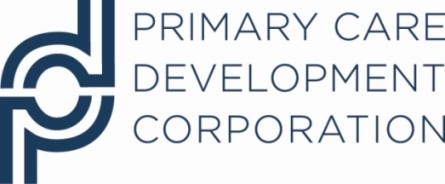
A successful transition to this new system is highly dependent on a skilled workforce. New models of care require nonclinical and paraprofessional staff to assume greater levels of responsibility as they are called upon to work in multidisciplinary teams, conduct outreach to patients in the community and participate in the management of patient and population health.
Workforce development will be critical to healthcare transformation, yet today’s workforce is largely unprepared for these changes. Indeed, New York’s experiment in shifting care for elderly residents from nursing homes to a largely underpaid home care workforce offers painful and expensive lessons as the larger and more complex healthcare system embarks on a similar shift.
New York State’s Health Home program can provide important insights on the steps needed to create and support a skilled care coordination and care management workforce for the healthcare system as a whole. Health Homes manage care of Medicaid enrollees with costly and complex chronic conditions that drive a high volume of inpatient episodes. The effectiveness of the Health Home workforce is thus a critical factor in the program’s success or failure. The workforce lessons learned through Health Homes and other programs involving high levels of care management will be particularly relevant as New York State launches its five-year Delivery System Reform Incentive Payment Program (DSRIP), which has a goal of reducing avoidable hospitalizations by 25% in large part by building community-based healthcare capacity. Over $400 million will be available for workforce development under DSRIP.
To better understand provider challenges and expectations for the care coordination and care management workforce, 1199SEIU Healthcare Workers East (1199SEIU) and the Primary Care Development Corporation (PCDC) surveyed New York State Health Home providers about workforce roles and jobs, including education and skills requirements, salary range and training needs. Based on analysis of survey results and additional research in the field, 1199SEIU and PCDC developed recommendations for policymakers and healthcare organizations.

